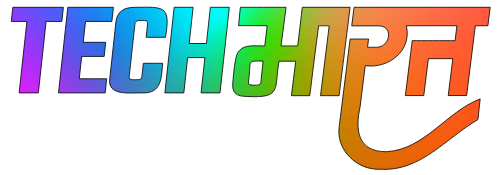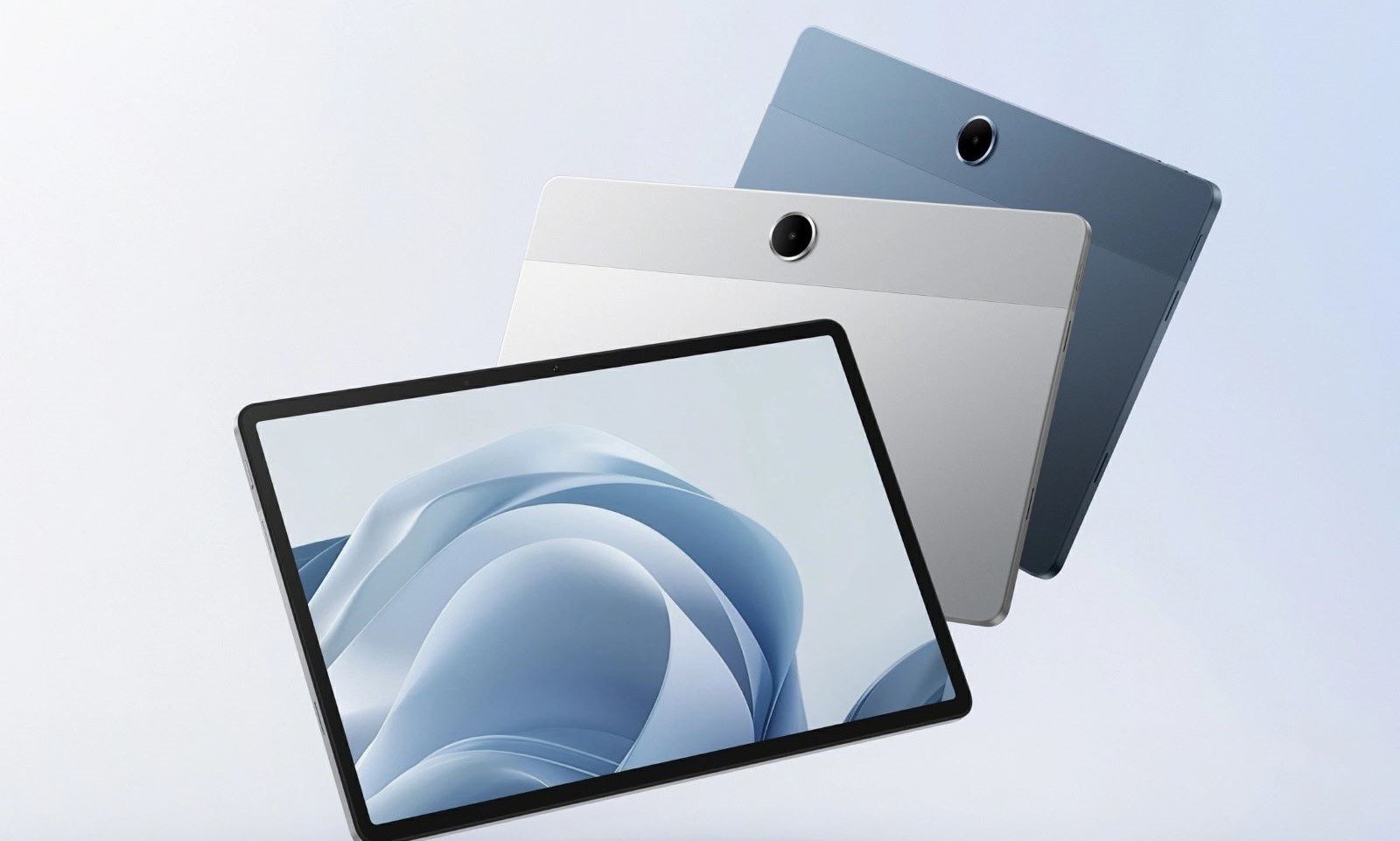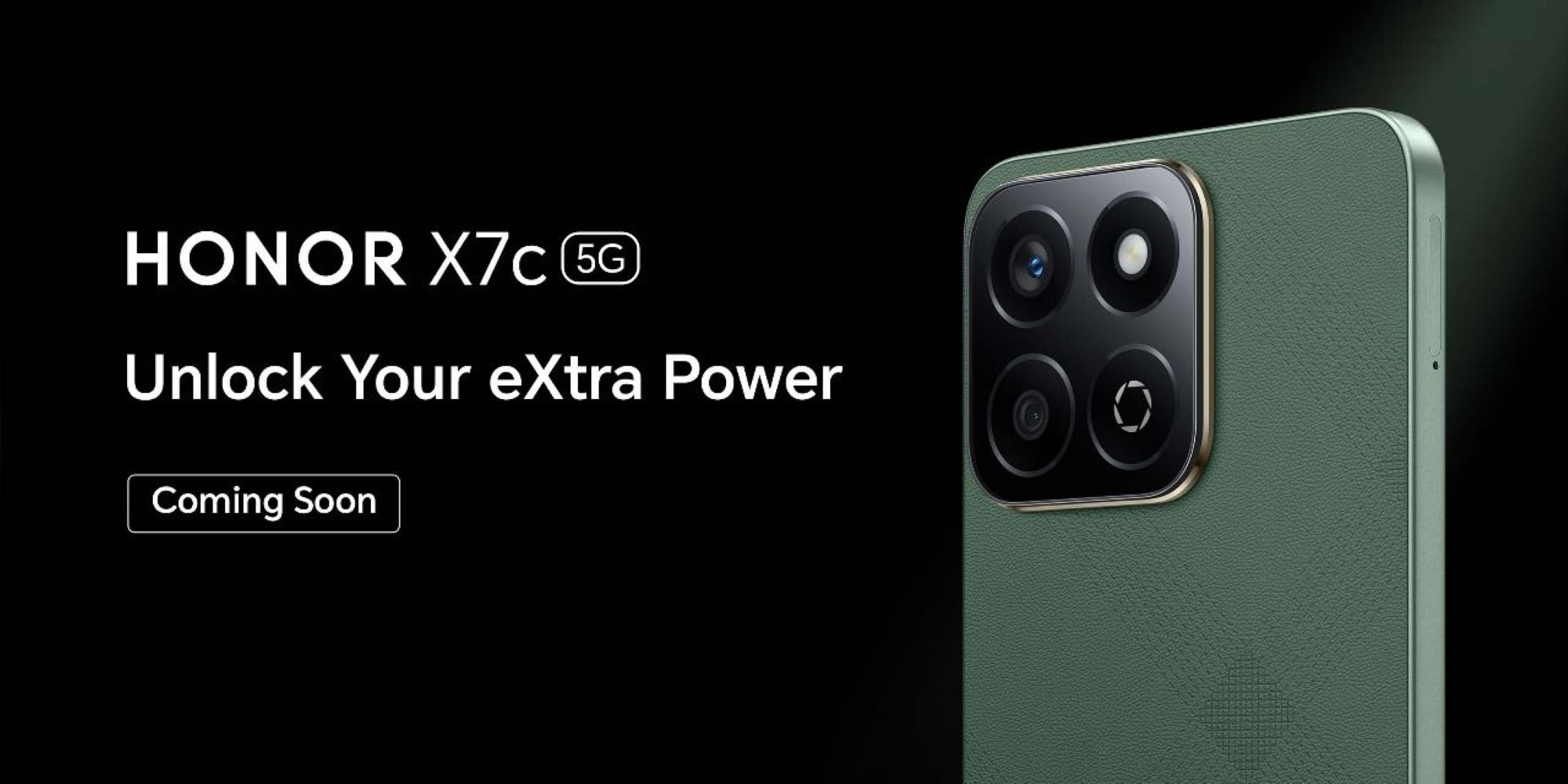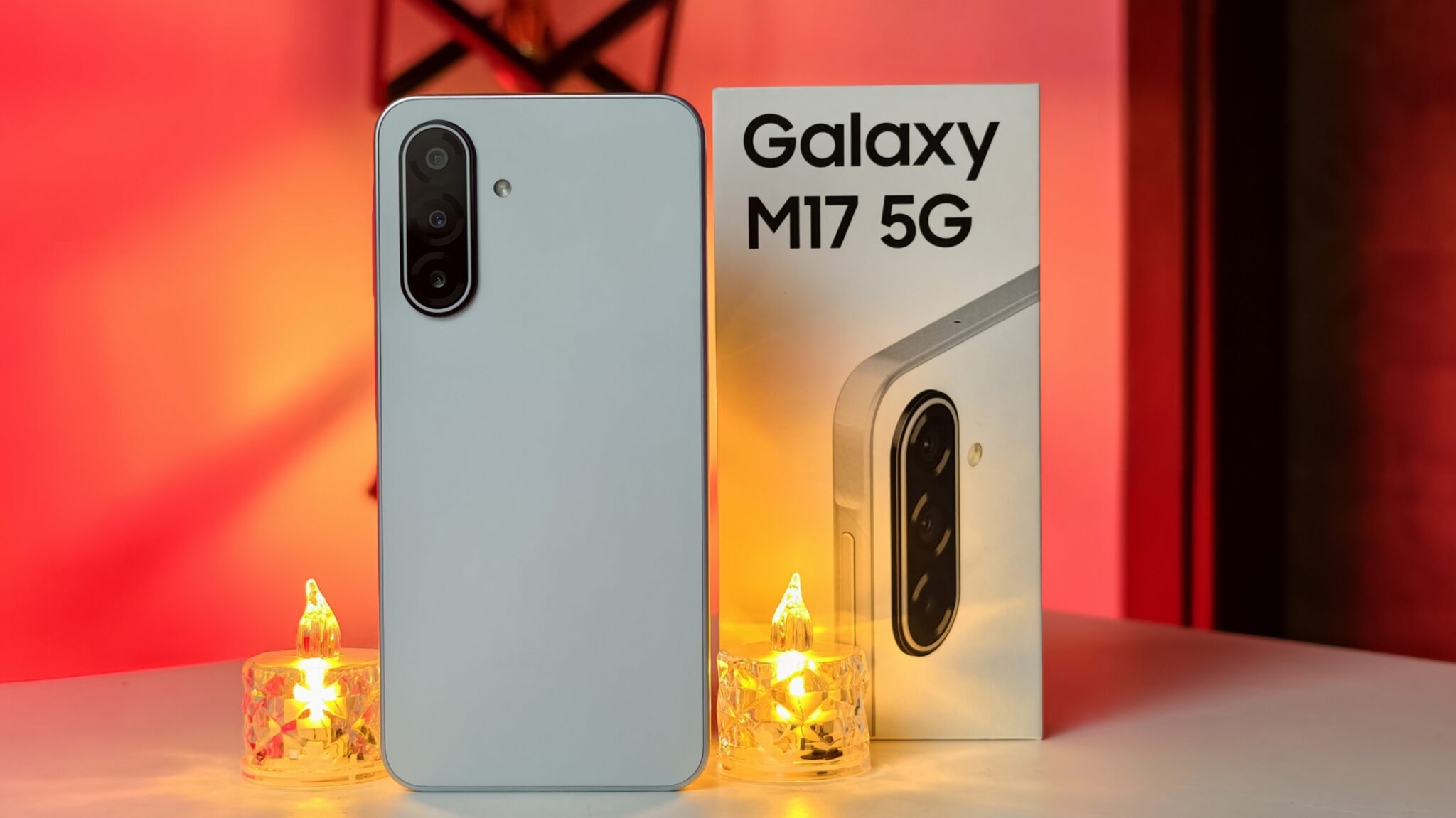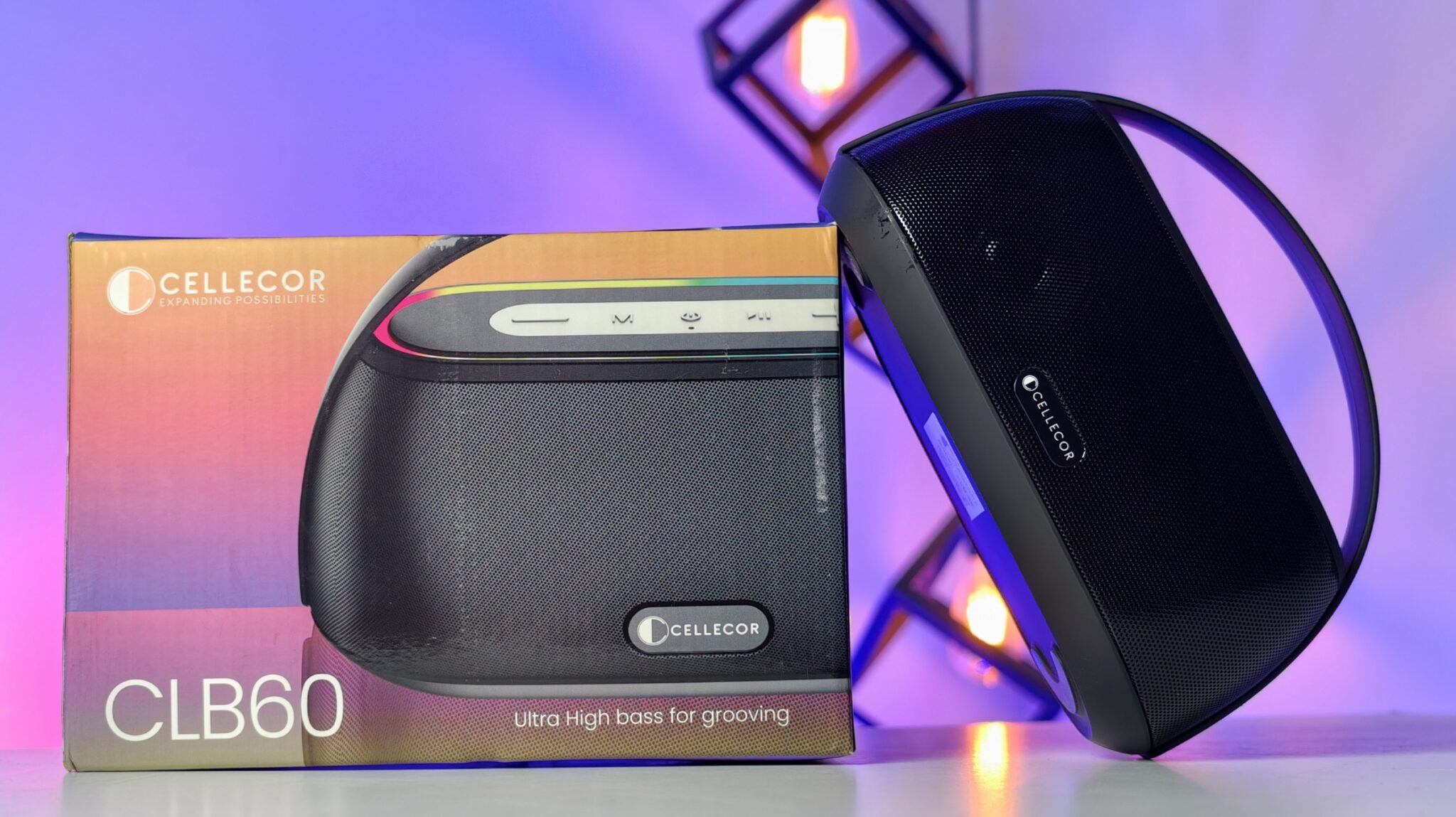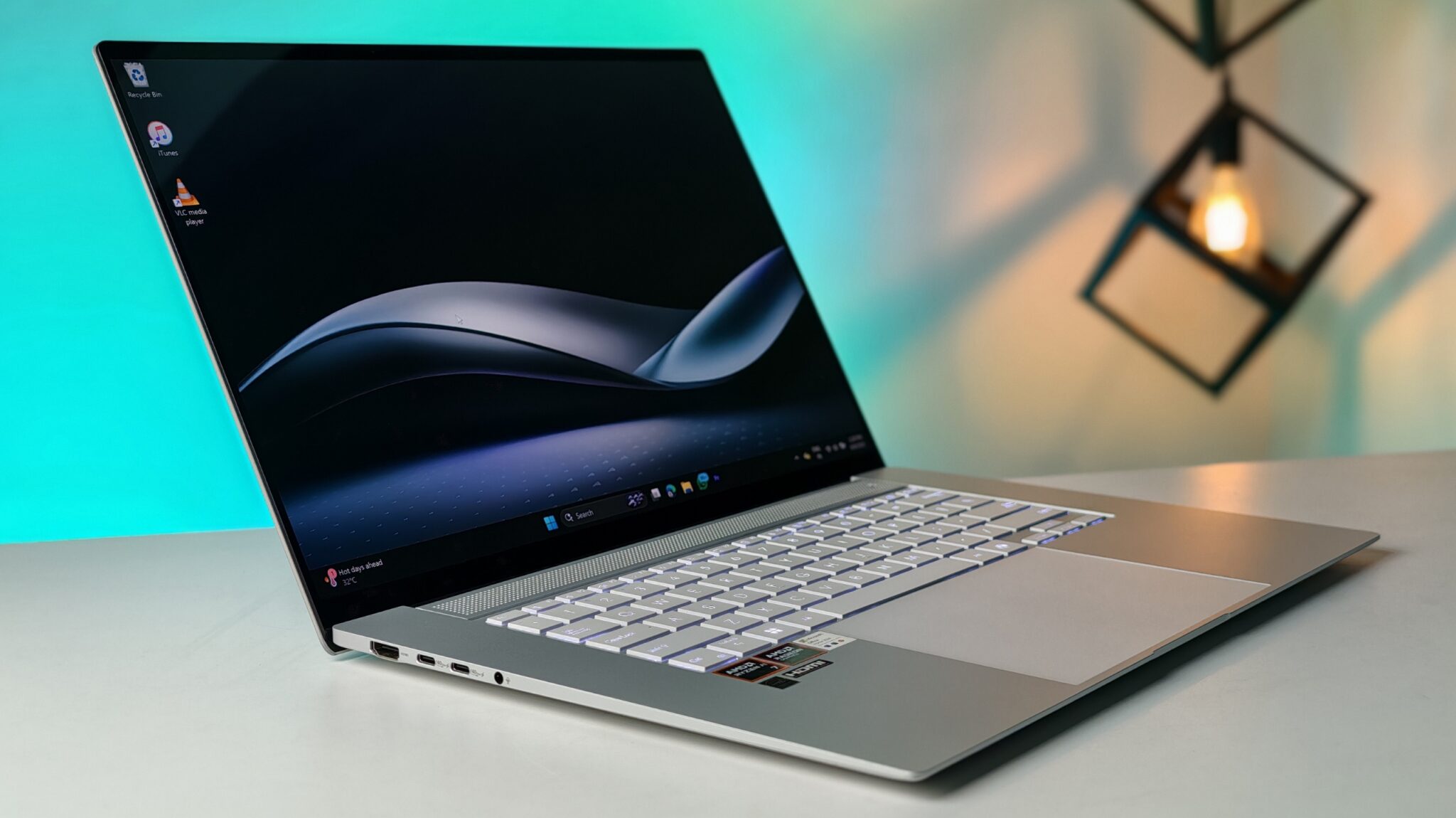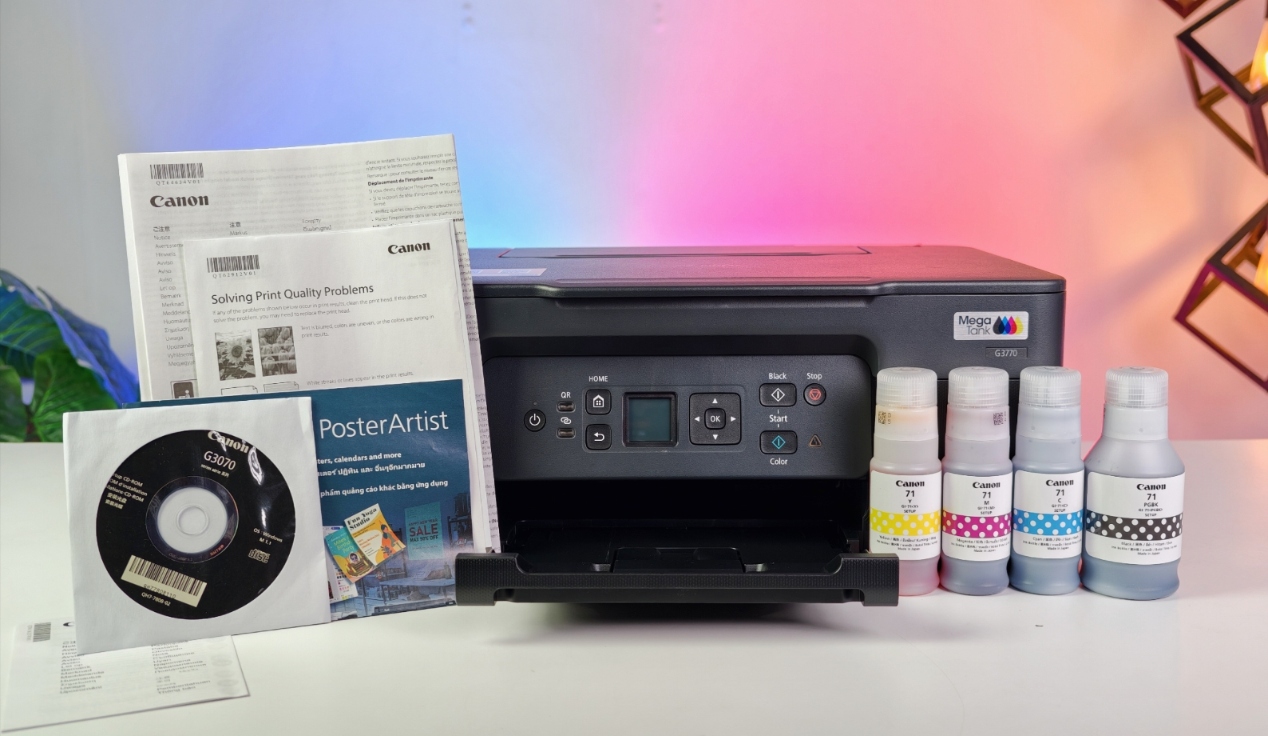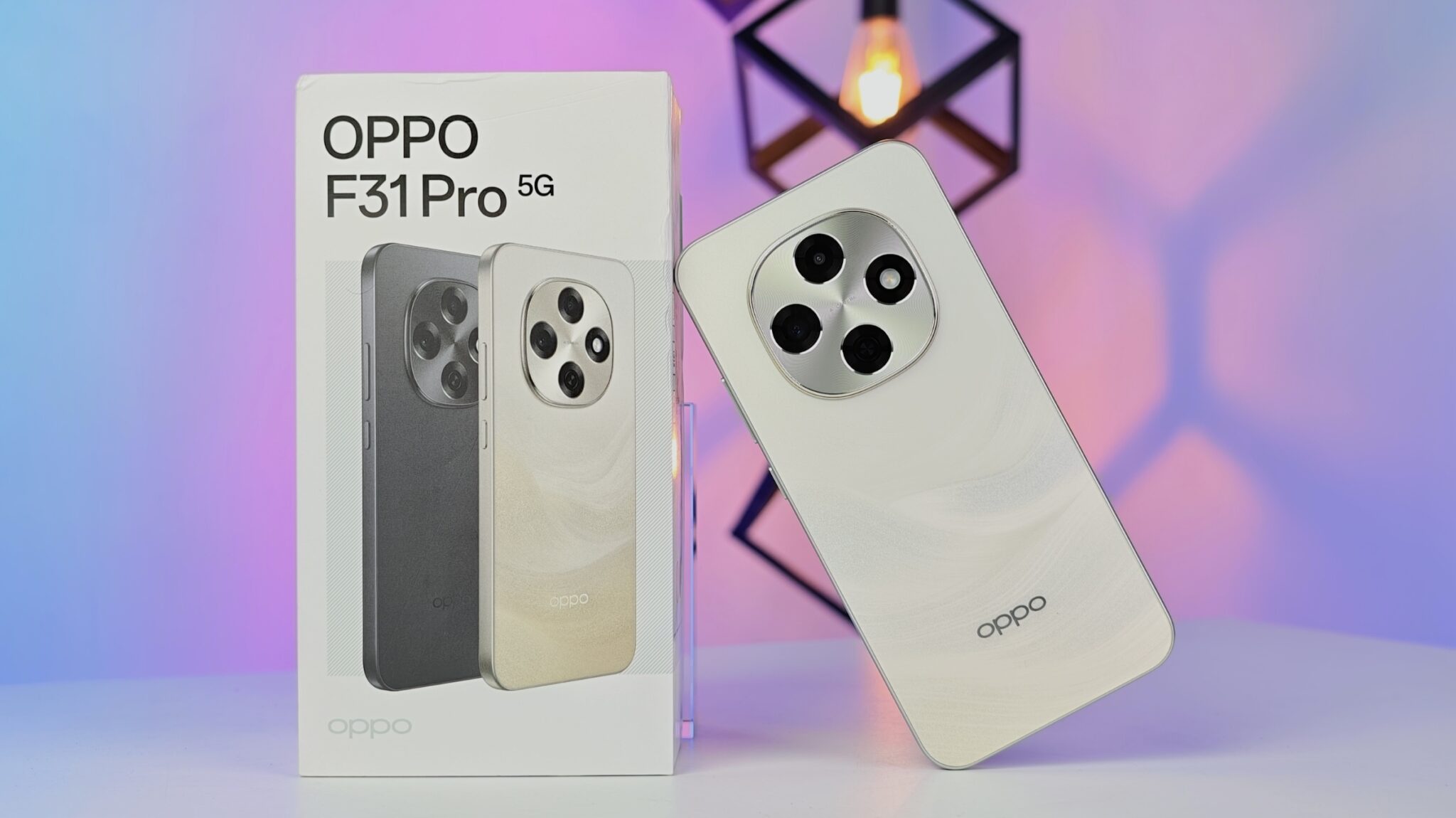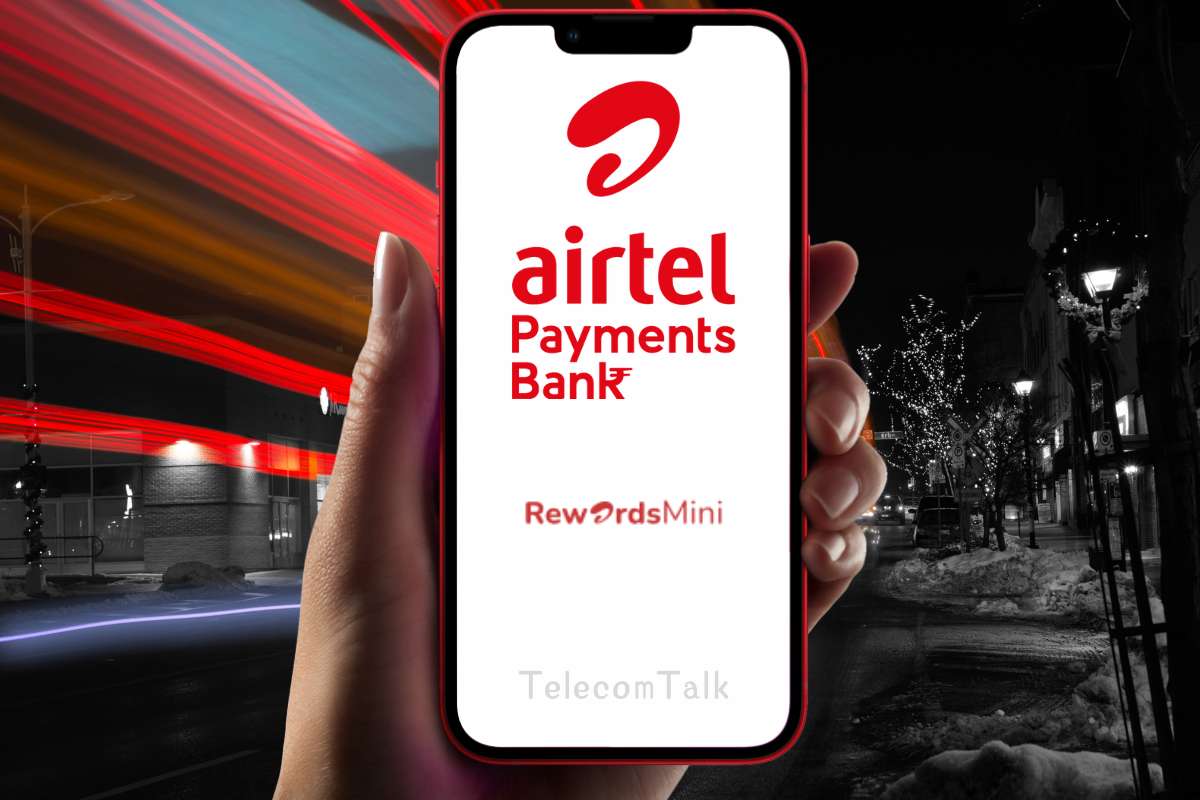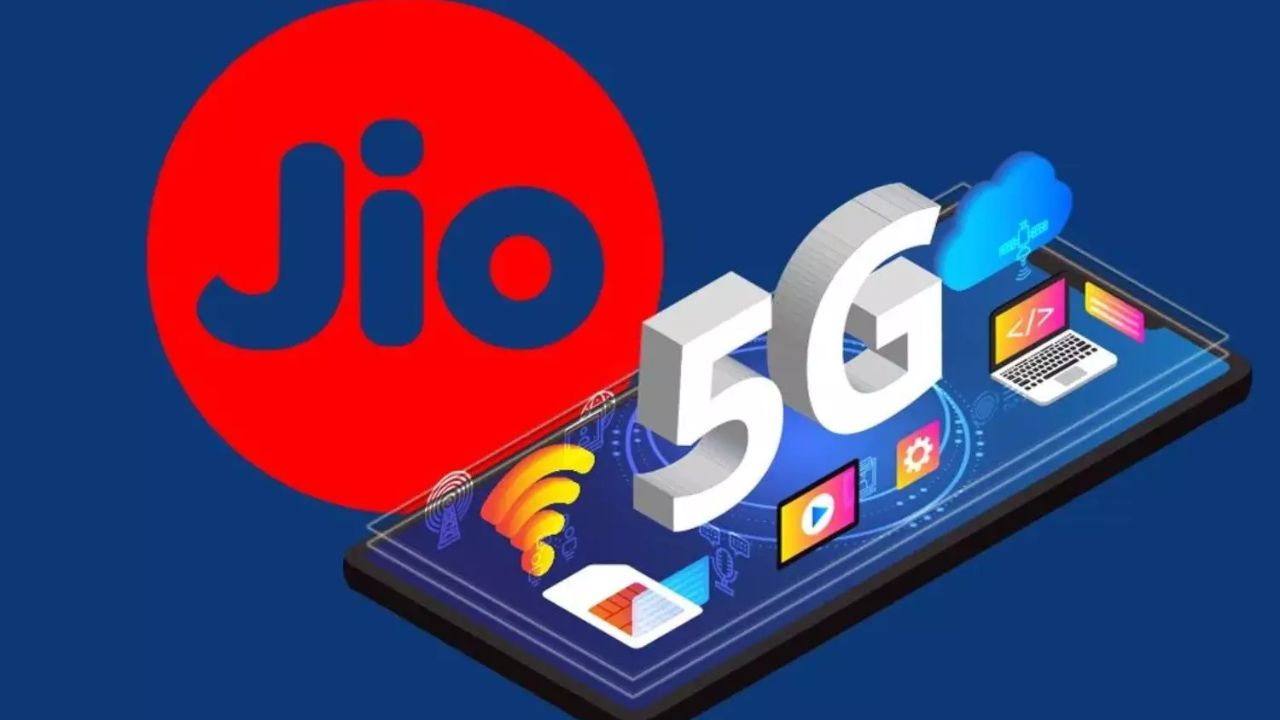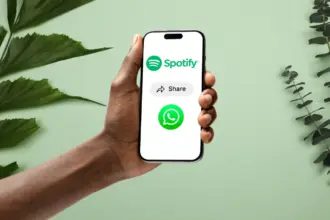A growing public health concern is emerging in India as rising screen time among children coincides with a sharp increase in vision problems. Experts warn that if the trend continues, nearly 50% of Indian children could be affected by myopia by 2050. The warning comes from research published in the journal Ophthalmic & Physiological Optics, pointing to a generational rise in vision impairment linked to daily digital habits.
Key Takeaways
- Myopia among urban Indian children aged 5 to 15 rose from 4% in 1999 to over 21% in 2019, according to Times of India.
- More than 50% of children under five with extended screen time show signs of digital eye strain, including headaches and disturbed sleep.
- The 20-20-20 rule is a simple, doctor-recommended method to relieve digital eye stress.
- Tech companies like OPPO are developing devices with features such as TÜV Rheinland-certified low blue light displays to protect young eyes.
Rising health concerns and expert advice
Screens are now part of children’s everyday lives, from schoolwork to entertainment. This increased exposure is linked to digital eye strain, myopia, and in some cases, behavioral changes. A study in Cureus, cited by Times of India, found that over half of children under five with extended screen exposure experienced symptoms such as fatigue, headaches, sleep disruption, and mood changes. Researchers also raise concerns about possible long-term developmental effects.
Dr. Deepti Joshi, Consultant in Paediatric Ophthalmology and Strabismus at the M M Joshi Eye Institute in Karnataka, explains that prolonged screen use makes school-age children more susceptible to eye problems. These include myopia, rapid worsening of the condition, squinting, and dry eye disease. She adds that blue light from screens can damage the retina and interfere with sleep by reducing melatonin levels.
Figures from Times of India highlight the speed of change. Between 1999 and 2019, myopia rates among urban children aged 5 to 15 climbed from just over 4% to more than 21%. If this trajectory continues, experts believe it could have a lasting impact on education, concentration, and emotional well-being.
A study from the Psychology Department at Saurashtra University in Rajkot found that 81% of children under 10 regularly use screens, often watching cartoons during meals. This shows how deeply integrated digital devices have become in daily routines.
Addressing the problem
Health experts recommend limiting screen time and introducing eye-safe practices. Dr. Joshi suggests that parents set firm boundaries for recreational screen use. When screens are required for schoolwork, she advises following the 20-20-20 rule: every 20 minutes, take a 20-second break and focus on something at least 20 feet away. Using devices with built-in blue light filters can also help reduce strain.
Tech companies respond
Some technology firms are now designing devices with eye health in mind. The OPPO Pad SE, for example, has a TÜV Rheinland-certified low blue light and flicker-free display. It also includes a Kids Mode that allows parents to control app access and screen time. Adaptive settings automatically adjust brightness and contrast based on surrounding light to better protect eyes in different environments.
Savio D’Souza, Head of Product Communications at OPPO India, says the company’s focus is not only on performance but on creating technology that makes a meaningful difference. As this shift moves from a parenting challenge to a broader public health issue, experts agree that the goal is not to remove screens from children’s lives entirely but to ensure they use them in safer, healthier ways.
Frequently Asked Questions
Q: What is myopia?
A: Myopia is a common vision condition also known as near-sightedness. It’s when a person can see nearby objects clearly, but objects farther away appear blurry. This often happens because the eyeball is slightly too long.
Q: What is digital eye strain?
A: Digital eye strain is a group of eye- and vision-related problems that result from prolonged screen use. Symptoms include blurry vision, headaches, dry eyes, and discomfort in the neck and shoulders.
Q: How does blue light from screens affect a child’s eyes?
A: Blue light can be harmful because it has a high energy level. Extended exposure can potentially damage the retina. It also affects the body’s sleep cycle by reducing the production of melatonin, a hormone that helps us sleep, which can lead to sleep problems.
Q: What is the 20-20-20 rule and how does it help?
A: The 20-20-20 rule is a simple practice to relieve eye strain. For every 20 minutes spent looking at a screen, a person should take a 20-second break and look at something that is 20 feet away. This helps the eye muscles relax.
Q: What are some practical ways parents can limit their child’s screen time?
A: Parents can set clear daily time limits, make mealtimes and bedrooms screen-free zones, and encourage activities like playing outdoors, reading, or doing creative hobbies. Many devices also have built-in parental controls to help manage usage.
